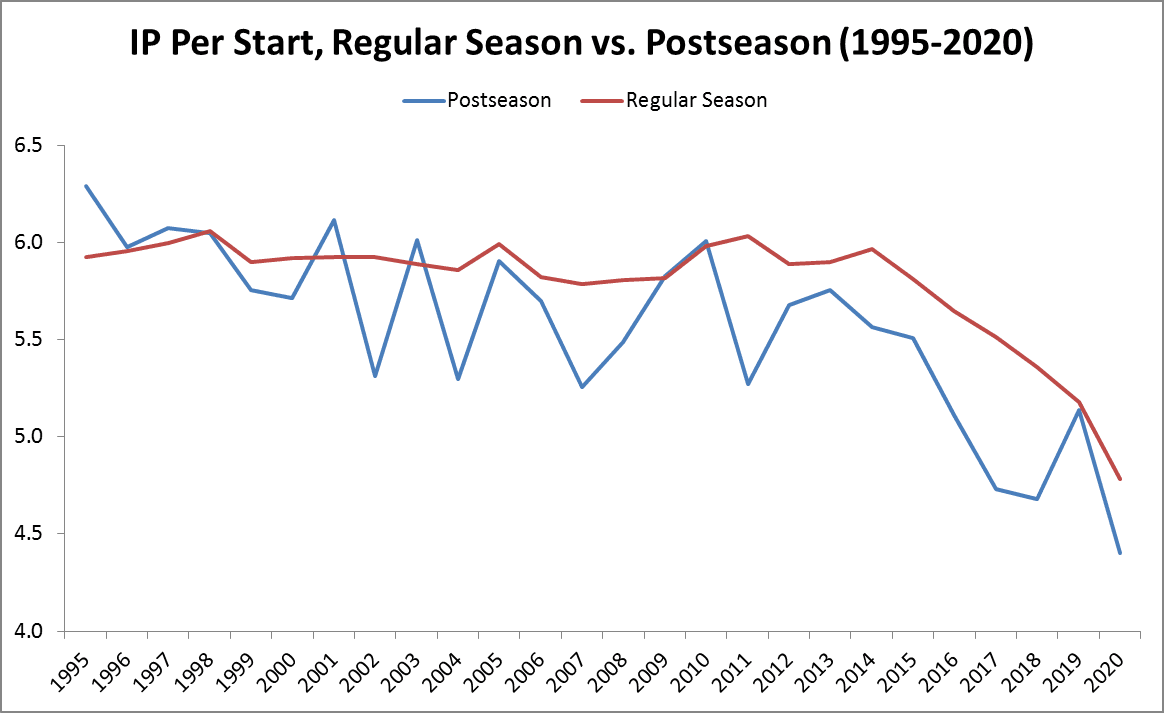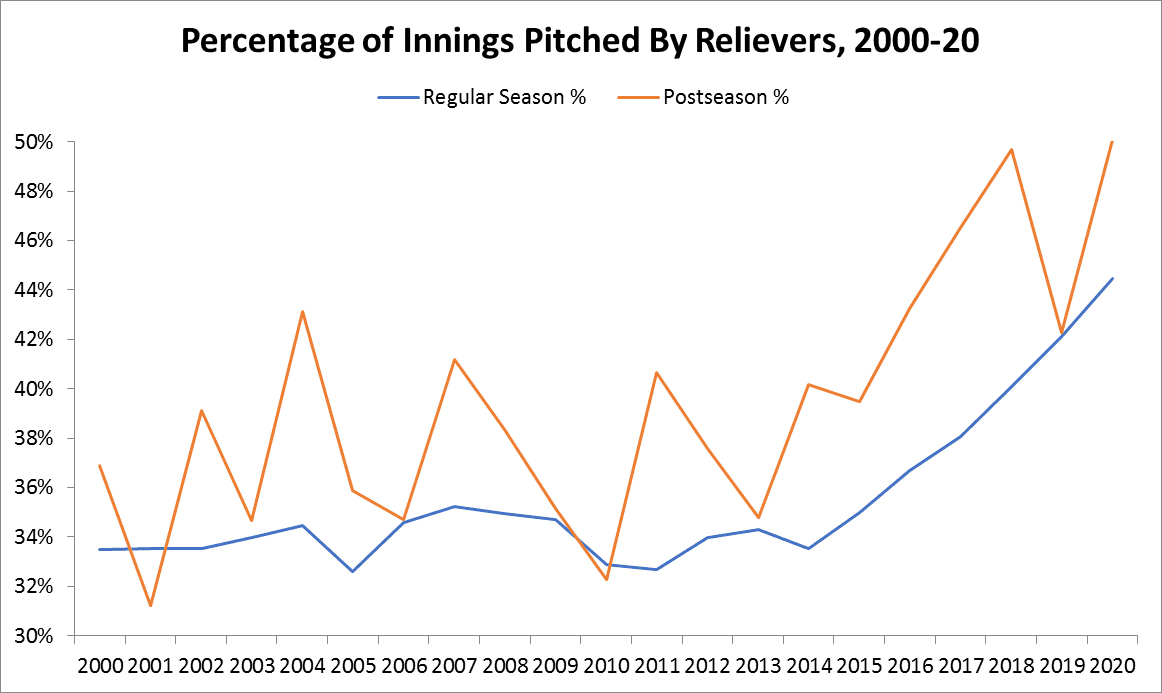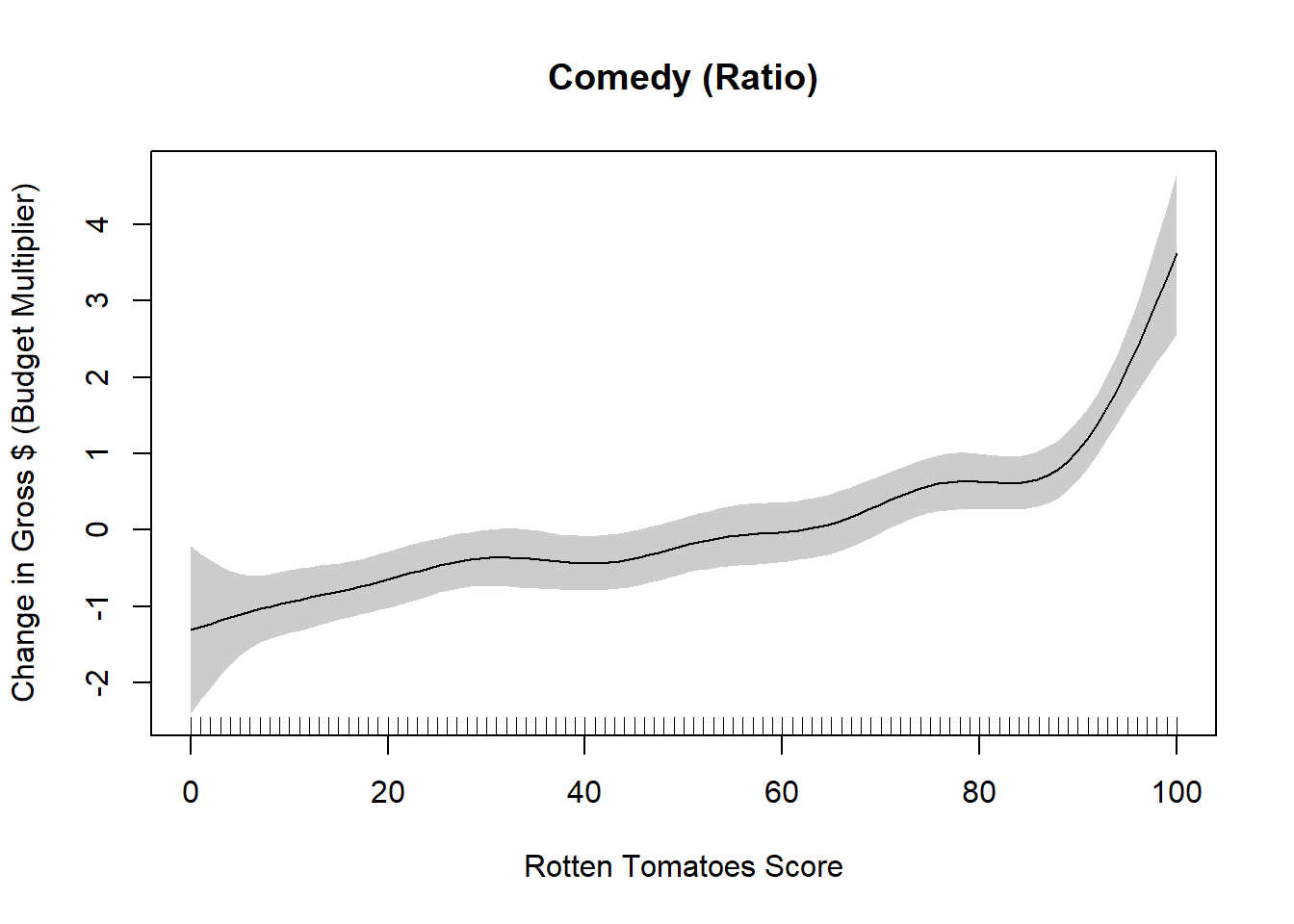When Giants rookie pitcher Andrew Suarez comes to the plate this season, Bay Area broadcasters regularly regale listeners with the story of how poorly prepared he is for a difficult task that’s strangely still part of his job.
In the bottom of the fourth inning on May 16, with the Giants down by a run, Dave Flemming set the scene on KNBR by observing that Suarez “has not hit since middle school until very recently—almost never hit in the minor leagues, did not hit in college, and didn’t hit even in high school. His high school had him specialize as a pitcher.” After Suarez fouled off a few offerings from Matt Harvey (who’s hitless in his own at-bats this season), Flemming continued, “Suarez is having a competitive at-bat here, trying to learn to hit again on the fly. Not easy.” In the end, Suarez struck out looking, although it took seven pitches. “Suarez at least made Harvey work for it,” Flemming said.
Ten days before that, in the top of the fourth, Suarez came up with two runners on and tried to bunt them over. “We did ask him if he could hit, and he said, ‘I cannot hit,’” Duane Kuiper reported on the radio as Suarez squared away. “I said, ‘Well, why not?’ and he said, ‘Well, I haven’t hit since the eighth grade. … Where I’m from, if you were a pitcher, they didn’t let you hit.’” Suarez did get the bunt down for his only successful sacrifice this season, and Kuiper called it as if the 25-year-old lefty had just dropped down the bunt heard ’round the world.
Suarez’s plate appearances in his next outing, on May 11, more accurately represented his skills. In the third, he popped up a bunt on the first pitch for an easy out.
In the fourth, he struck out on three pitches. Both times, the Giants were either tied or trailing and had at least one runner on.
Kuiper, who hit one home run in nearly 4,000 career plate appearances during his own playing career as a second baseman, was hardly an offensive force. But Suarez, who hit .102/.170/.102 in 56 Double- and Triple-A plate appearances and is hitless with eight strikeouts in 13 big league at-bats, makes Kuiper’s career line look like Aaron Judge’s. It’s not Suarez’s fault that he can’t hit. He is, if anything, performing surprisingly well—he walked once!—given that his whole career has taught him that hitting is either an afterthought that he shouldn’t worry about working on or an activity that he should actively avoid. Now he’s in the majors, facing down mid-90s fastballs and nasty breaking balls (when they bother to throw them) from the most overpowering pitcher cohort ever to play the game. It’s a mismatch of monstrous proportions that’s grandfathered into the senior circuit in deference to tradition and in service of the increasingly risible fiction that pitchers are complete players, which hasn’t been true since Alexander Graham Bell indirectly invented the bullpen phone. Pitcher hitting is baseball’s vestigial limb, and it’s probably past time to amputate.
Complaints about pitcher hitting are not new to the game. The origins of organized DH advocacy extend to the 19th century, and media moaning surfaced more than a century before Bartolo Colon first carried his bat up the baseline and failed to touch first base. “In the press box at Forbes Field the other day several of the baseball writers became involved in a discussion of the prevailing batting weakness among pitchers,” sportswriter Harry Keck wrote in the Pittsburgh Daily Post on August 9, 1917. “The topic was brought up by the spectacle of a pitcher taking three feeble strikes at the ball and walking back to the bench. It is an ordinary happening.”
The Daily Post banner died in 1927. Keck died in 1965. Forbes Field died in 1971. Pitcher hitting is somehow still alive, at least in the NL and in interleague play.
If that citation isn’t archaic enough for you, try the Buffalo Enquirer from October 6, 1896. One subhed in the “Sporting” section of that day’s edition—which, with a nod to the sporting tastes of the time, led with baseball, boxing, bowling, horse racing, sailing, and cycling—proclaimed, “WHY A PITCHER CAN’T HIT.” Within the text, an unnamed pitcher opined of his kind, “He is the least fitted of any man in the game to face another pitcher.” And on April 13, 1905, former big leaguer Bill Friel, then of the minor league American Association, told the Racine Daily Journal, “Take most of the pitchers of the A.A. today. Put them anywhere else than in the [pitcher’s] box and they are lost. That’s why I argue that they are not ball players, but just pitchers.” Even then, people understood that pitchers needn’t be all-around players, and that was so long ago that an ad on the same newspaper page for a misleadingly named medication called “Herpicide” promised to help “the bald men of today” by encouraging new hair growth in cases where the hair “has not been completely destroyed by parasites that infest it.”
Pitchers have always been bad hitters relative to every other position, but every generation laments the lack of pitcher offense anew because collectively, they keep getting worse. The graph below depicts the decline of pitchers’ offensive production via multiple metrics. The blue line represents the wRC+ produced by players whose primary position was pitcher in every year going back to the beginning of MLB; that data, from FanGraphs, may also include plate appearances in which those players pinch hit or (rarely) played a position other than pitcher. The red line (OPS+), which goes back to 1925 (which is when Baseball-Reference’s splits start), represents performances as pitchers only. (The two stats track each other closely in the years when they overlap, although the wRC+ tends to be slightly lower because it more accurately captures the cost of pitchers’ lack of on-base ability.) In both cases, 100 represents a league-average hitter and lower is worse—and, where pitchers are concerned, usually much, much worse.

In the 1870s, the pitcher was a batted-ball dispenser: He threw underhand and placed the ball where the batter wanted it. In those days, when two-way players were more common, players who were primarily pitchers hit almost as well as a league-average player in some seasons. But as the league’s talent level improved and roles became more specialized, pitcher hitting soon went into a free fall that hasn’t slowed since. By Bill Friel’s day, pitchers as a group were about as bad as the very worst-hitting position players today—think Jeff Mathis. By the mid-1960s, they had zeroed out on the wRC+ scale. And now, just like last year, they’ve reached another new low. In more than 1,900 plate appearances, this year’s pitchers have produced a .115/.146/.150 combined slash line, which translates to a minus-23 wRC+. That’s not quite Colon-like—Bartolo is at minus-53 in 322 plate appearances—but it’s abominably bad and getting worse by the year.
The roots of that erosion aren’t much of a mystery. As Friel put it back in 1905, in somewhat hitter-centric terms, “Ball players grow up. Those that start pitching do so because they can’t play as well as other youngsters and turn to the [pitcher’s] box in order to keep in the game.” Or as former major league player and umpire George Moriarty wrote in a syndicated column in February 1929, “Pitching is a distinct science, and so is batting. The batter to reach a reputable level puts most of his concentration into his work at the plate. The pitcher does likewise in the box. The two departments are extremes, and require entirely different perspectives.”
In other words, pitchers are selected for a particular set of skills that have nothing to do with batting. Suarez made it to the majors because he throws five pitches and his four-seamer and sinker sit 92-93. As long as he gets outs, the fact that he makes outs is assumed, and almost immaterial to the team. As the sport’s player pool grows and financial incentives skyrocket, its talent level rises accordingly. Pitchers get better at pitching, and hitters get better at hitting, but pitchers don’t get significantly better at hitting: Teams aren’t picking them based on their bats, and pitchers, understandably, aren’t devoting much time to making those bats better. To some extent, then, pitcher slash lines are like fossils preserved in amber; we can track baseball’s evolution by measuring how far below the league baseline pitcher offense falls. There’s a reason Shohei Ohtani’s existence is almost a miracle.
On the surface, it seems as if there’s an opportunity here. If most teams aren’t paying attention to pitcher hitting, one might think that the rare team that does put some slight effort into recruiting or training good-hitting pitchers could really reap the rewards. Bucky Harris believed that: The Hall of Fame manager, who held managerial jobs from the mid-’20s to the mid-’50s, was well-known for emphasizing offense among hurlers, and his teams’ pitchers improved at the plate wherever he went. One of Harris’s star pupils, Walter Johnson, added nearly 13 WAR to his prodigious pitching total by dramatically outhitting his contemporaries. Today’s best-hitting pitchers, such as Zack Greinke and Madison Bumgarner (the latter of whom returned to action this week and added an 0-for-2 to MLB pitchers’ lousy seasonal line) can still slightly pad their totals, too. But hitting is much harder now than it was in Harris’s era, and in an ultra-competitive era of intense training regimens and sophisticated scouting reports, it takes more time and effort for pitchers to keep pace with their peers on the mound, let alone avoid embarrassing themselves with the bat.
What’s more, teams are already gradually reducing the part that pitchers play in the batter’s box. Compared with pitchers from previous eras, today’s pitchers have fewer opportunities to hit, even in the non-DH league. The following graph shows the percentage of National League plate appearances that pitchers have made in every season in MLB’s expansion era, which started in 1961.

At the beginning of that period, pitchers made almost 8 percent of NL plate appearances. Now, they make slightly more than 5 percent. Even on the way to the majors, pitchers are hitting less often. Two-way players aside, pitchers don’t hit in college, and as Suarez’s example proves, some don’t hit in high school. Minor league pitchers don’t bat below Double-A, and in the Double-A leagues—Texas, Southern, and Eastern—pitchers hit when both clubs are NL affiliates, as they do in the Triple-A International League. In the Triple-A Pacific Coast League, pitchers hit only when both clubs are NL affiliates and agree to have their pitchers hit. Minor league data from Baseball Prospectus, which goes back to 2005, reveals that pitchers are accounting for progressively fewer plate appearances in Double-A and Triple-A, too. Asking pitchers to do something difficult and dangerous that they aren’t accustomed to is like asking Michael C. Hall to try an English accent: Sure, he can do one, but why would anyone want him to?

In the majors and high minors, these leaguewide declines in PA percentage are coming largely because pitchers are growing more specialized when they work on the mound: Teams are pulling starters earlier and using more relievers to get through their games, and one by-product of that trend is that pitchers hit for themselves less often. Even in the NL, many pitchers rarely hit, if ever; last year, 381 players pitched for NL teams, but only 240 made plate appearances as pitchers. If the game is already going in the direction of greater specialization by pitchers when pitching (and, by extension, fewer pitcher plate appearances), it seems silly to pretend that pitchers can still do the job of hitters, too.
Watching pitchers on half of MLB teams pretend to be big league batters roughly twice a game isn’t destroying the sport; as heated as the DH debate gets, it’s been raging for 45 years, so both brands of baseball are obviously viable. Generally, though, we watch high-level professional sports because the players are the best in the world at what they do. Pitcher hitting is the most glaring, anachronistic exception in any American league. In theory, there’s a quaint sort of charm to that. In practice, that charm fades fast.
Perhaps there’s something to be said for preserving some slight difference between leagues in an era when season-long interleague play has all but erased the distinction: Vive la différence. Then again, the NFL and NBA haven’t seemed to suffer from conferences with identical rules. And if one of the only things that sets baseball’s leagues apart is that one makes pitchers do a job they’re completely unqualified for, maybe la différence can die. Most of the time, watching pitchers bat is a boring structural relic that leeches some low-level excitement, but in high-leverage moments, the bottom of the NL order is a pitcher-shaped appendix that can rupture and ruin a riveting rally. As an unbylined column in the August 30, 1920, edition of Montana’s Anaconda Standard noted, “Players, crowd, manager, practically every one, settles back in resigned despair when the hurler advances to bat. When he fans or chops a weak grounder there is an ‘I told you so’ look all around.”
When that was written, on-base percentage for NL players who were primarily pitchers was only 80 points below the NL league average. This year, it’s 169 points below, and the resigned despair is even deeper. It’s telling that in many pitcher plate appearances, the batting team’s desired result is a sacrifice bunt—an outcome so dull and so suboptimal under normal circumstances that it’s rapidly drawing near extinction when pitchers aren’t at the plate.

It’s true that scarcity makes pitchers’ sporadic successes at the plate more memorable and special. But as pitcher-hitters approach automatic-out territory, those infrequent, improbable triumphs are battling a lot of ugly at-bats, and most pitchers’ failures aren’t as GIF-able as Bartolo’s. When a pitcher-batter does do something extraordinary—such as Max Scherzer’s pinch-hit single in the 14th inning last weekend, followed by his three-base sprint home with the winning run—the overriding emotion is as much fear of costly, lingering injury as it is excitement. As Scherzer himself said in 2015 (in an exchange that he later claimed was mischaracterized) after spraining his thumb in the batter’s box, the entertainment value of pitchers at the plate is probably a net negative.
Speaking of Scherzer, Mad Max has struck out 39.4 percent of batters he’s faced this season, which would be a single-season record for a qualified pitcher. But it can’t compare with the 42.7 percent strikeout rate that all pitchers combined have recorded against their pitching counterparts, despite the best efforts of strikeout-averse Steven Brault. Removing pitcher pushovers from the batter’s box would help arrest the inexorable rise in the sport’s strikeout rate, if only temporarily.
No one who watches baseball would be “wrong” for thinking that the tactical intrigue of double-switches and pinch-hitting decisions—measures designed to skirt the pitcher’s-spot ticking time bomb on offense—outweighs the sadistic tedium of watching pitchers like Suarez strike out. Sports appreciation is a matter of taste, and the results of an unscientific survey suggest that NL fans are quite attached to the institution they’ve learned to love. But the taste of pitcher hitting is getting harder and harder to stomach. “We have pitchers in our league … that when they come to the plate they are absolutely a dead loss; gum up the play; gum up the action,” said National League president John Heydler in 1928, adding, “Pitchers are absolutely useless as hitters.” Heydler persuaded the NL owners to approve his plan for a 10th man who would hit in place of the pitcher, but the AL, ironically, held it up. Ninety years have elapsed, but Heydler’s complaint is even more pressing today. One league has since seen the light; one of these years, the other will stop being stubborn and end baseball’s longest-running, hardest-dying debate.
Stats are current through Tuesday’s games. Thanks to Rob McQuown of Baseball Prospectus and Dan Hirsch of The Baseball Gauge for research assistance.
